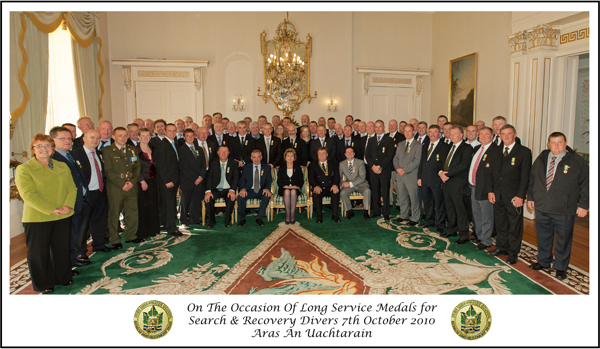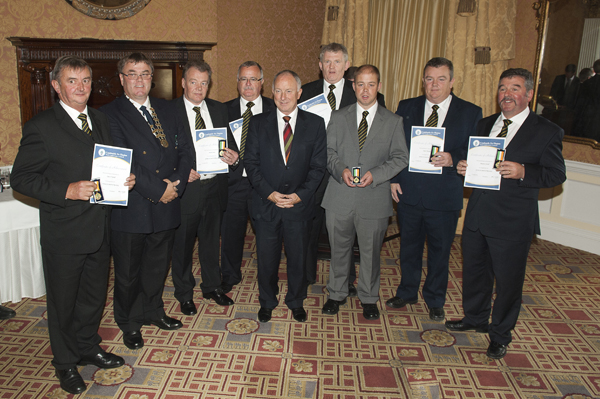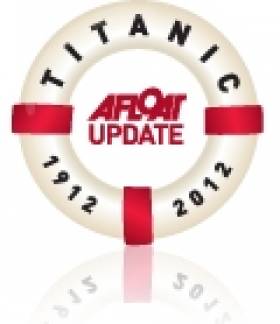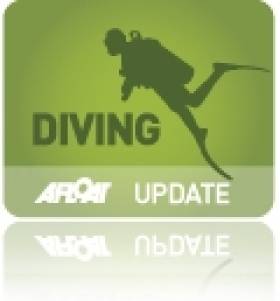Displaying items by tag: irish diving
Maritime Institute's Museum to Host 'Titanic Centenary' Presentation
#TITANIC-The Maritime Institute of Ireland is to hold a 'Titanic Centenary' event in their maritime museum, Dun Laoghaire on Thursday 12th April (starting at 8pm) noting doors open from 7.30pm.
The first Irish diver to see the wreck from a Russian MIR submersible, Rory Golden will provide an illustrated talk on the latest revelations through an audio-visual presentation. Golden's first Titanic experience was on an expedition in 2000, which yielded hundreds of artefacts.
To ensure a place of the ticketed event, bookings can be made from Linda from the maritime museum's shop Tel: 01 214 3964 (on the top floor of the Dun Laoghaire Shopping Centre) as the museum itself is not due to re-open until early April as previously reported on Afloat.ie.
Alternatively tickets can be booked at Costello Jewellers, 1 Northumberland Avenue, Dun Laoghaire Tel: 01 230 2311 (messages) and Barney Yourell, Lectures Officer of the institute by calling Mob: 087 900 7466. Tickets cost €10 each and concessions for senior citizens and unwaged etc are priced at €5. For further information contact Mob: 086 074 5402 and by visiting www.mariner.ie
Open Your Eyes to the Seas of Ireland
An exciting new six-part T.V. marine wildlife series 'Farraigí na hÉireann' (Seas of Ireland), the first to be dedicated entirely within our shores and also produced at home is to be broadcast by TG4 next Tuesday (20th Sept) at 8pm.
'Farraigí na hÉireann' explores the fascinating journey through the beautiful underwater world around Ireland encountering an enormous diversity of wild and colourful creatures. From playful dolphins, giant basking sharks and exotic jellyfish to the recently discovered cold water coral reefs in deep Atlantic waters.
It also examines the changing nature of our relationship with the sea and it's creatures from the original subsistence coast folk of 9,000 years ago and the traditions they have handed down, to the 'super-trawler' fishing fleet and the current state of our oceans.
To read more about the series visit www.seafeverproductions.com and www.tg4.ie
After decades of selfless service to the state, Dermot Ahern TD and Minister for Justice recently awarded long service medals to 96 voluntary search and recovery divers from all over Ireland at a ceremony in the Shelbourne Hotel in Dublin. All the divers have given a minimum of 10 years service in the recovery of missing persons
throughout the country, with most having much more than that.
Presenting the medals, Mr Ahern said voluntary activity must be encouraged. "What these men and women are doing is vital because if somebody goes missing... they drop everything, they are given time off work by their employers and they basically spend 24/7 until the people are found and rescued". he said. After the awards ceremony the divers then attended a reception with President Mary Mc Alese in Aras an Uachtarain.

The divers who after receiving their medals from the minister were then afforded a reception in Aras an Uachtarain with President Mary Mc Alese Blackwater

Blackwater Search Unit members receiving their long service medals from Mr Dermot Ahern Minister for Justice at the inaugural award ceremony in Dublin. (from left to right) Olan O Farrell, Finbarr Murphy (president Irish Underwater Council), David Carey, Denis Granville, Mr Dermot Ahern, Noel Hayes, Timmy Carey, Paul O Keeffe and Maurice Carroll.

























